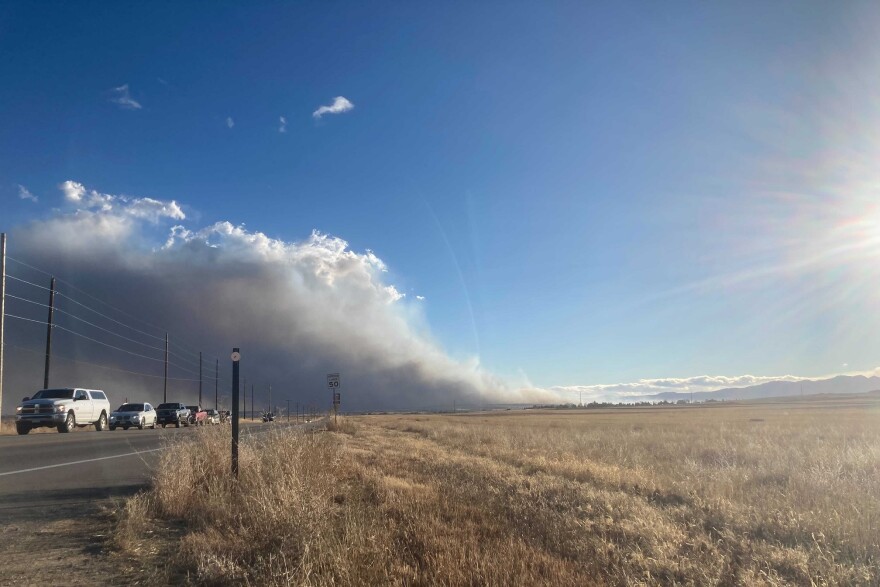The Marshall Fire was, in many ways, precipitated by a perfect storm of climate threats we’ve experienced for decades in our region, primarily we’ve seen since 2000. Dry conditions across the Front Range led to the Marshall Fire spreading quickly to suburban settings in Boulder County, with the help of dangerously high winds exceeding 100 miles per hour.
For many climate researchers, watching dramatic disasters like the Marshall Fire unfold reveals the effects of climate change in real time. This is the case for Louisville-based geographer and global climate researcher . Gifford’s home was spared, but this is the second climate catastrophe she's lived through in Colorado. Back in 2013, she dealt with historic floods while living in Boulder.
Over this last week and half, Gifford has been thinking about the compounding nature of climate change — how natural hazards come together to escalate threats. We speak with Gifford about the Marshall Fire, and how it connects to the climate crisis on a global scale.







